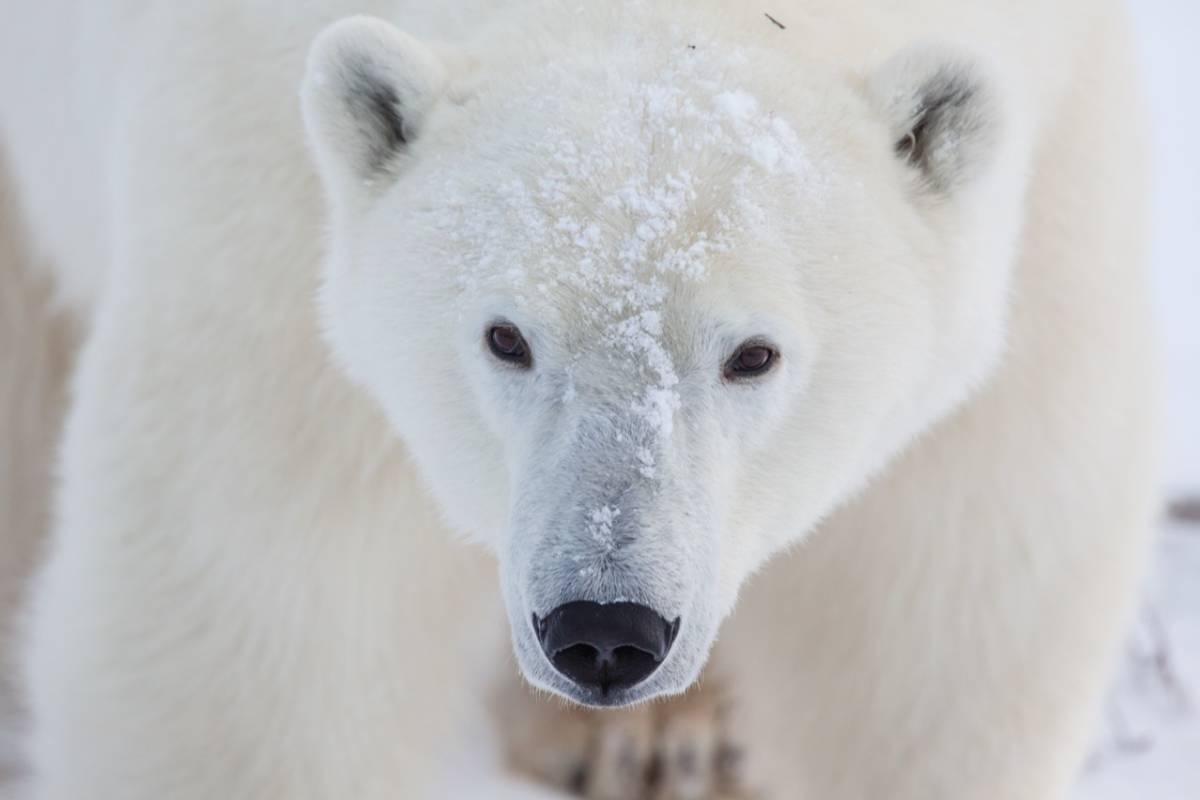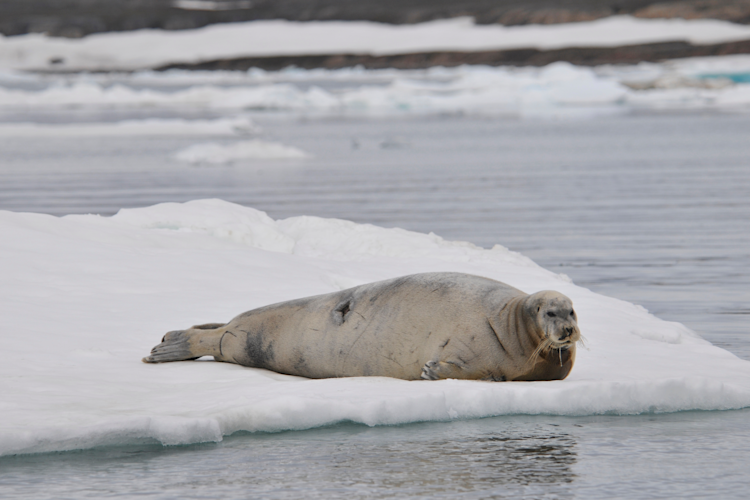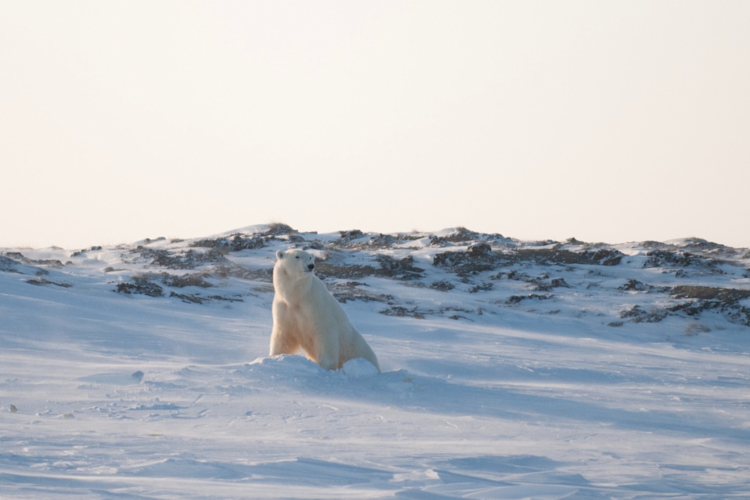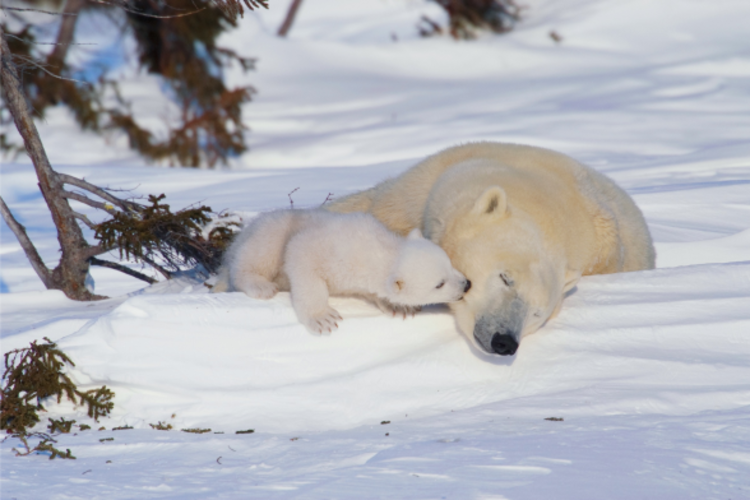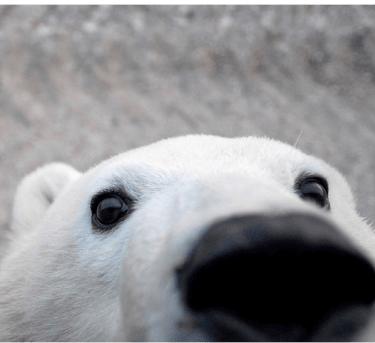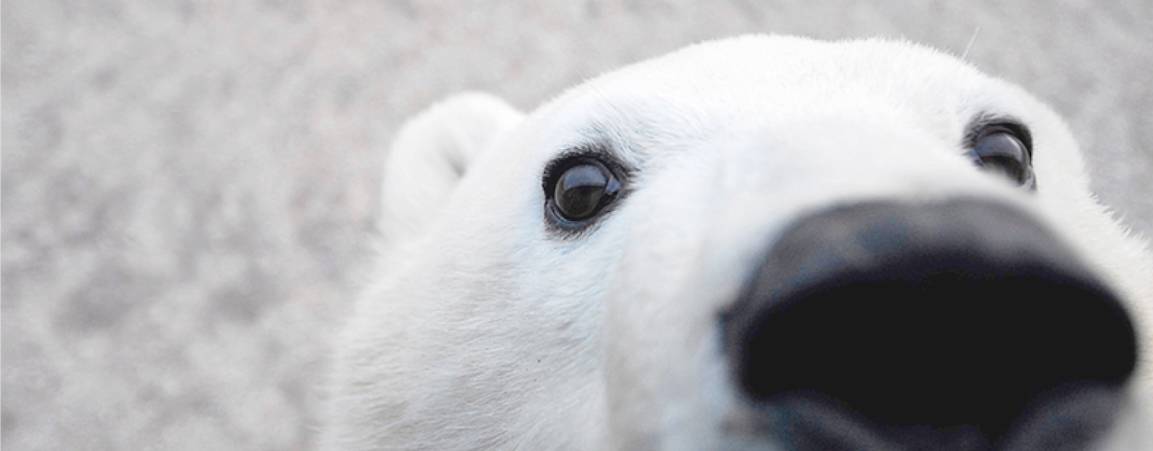Built for a life on the sea ice
Polar bears evolved from a brown bear ancestor and adapted to their sea ice environment. When the separation occurred is blurred by ancient hybridization events in Ireland and Alaska. Regardless, the differences between the two species are profound. Beyond the obvious difference in color, the polar bear’s fur, claws, skull, teeth, physiology, and behavior have all evolved to deal with an intensely seasonal marine Arctic environment.
For polar bears, life is a feast and famine existence. Spring is their time of plenty because naïve seal pups are abundant. Further, mother seals trying to nurse their young on the sea ice also fall prey to polar bears. Adding to the spring bounty, male seals have their attention diverted by mating. This all adds up to a window of feeding dictated by the ecology of the seals and the dynamics of sea ice.
How many seals does a polar bear eat in a year? It’s a question scientists can’t easily answer. Consider that a newborn ringed seal weighs about the same as a human baby at birth, but an adult bearded seal weighs 3-4 times that of an adult human, and the peril of estimating the number becomes clear. A few adult bearded seals per year would suffice for most polar bears—given that they can eat about 20 percent of their weight in a single meal and deposit over 90 percent of that into their own fat stores—but most bears make their living from ringed seals of various ages.
